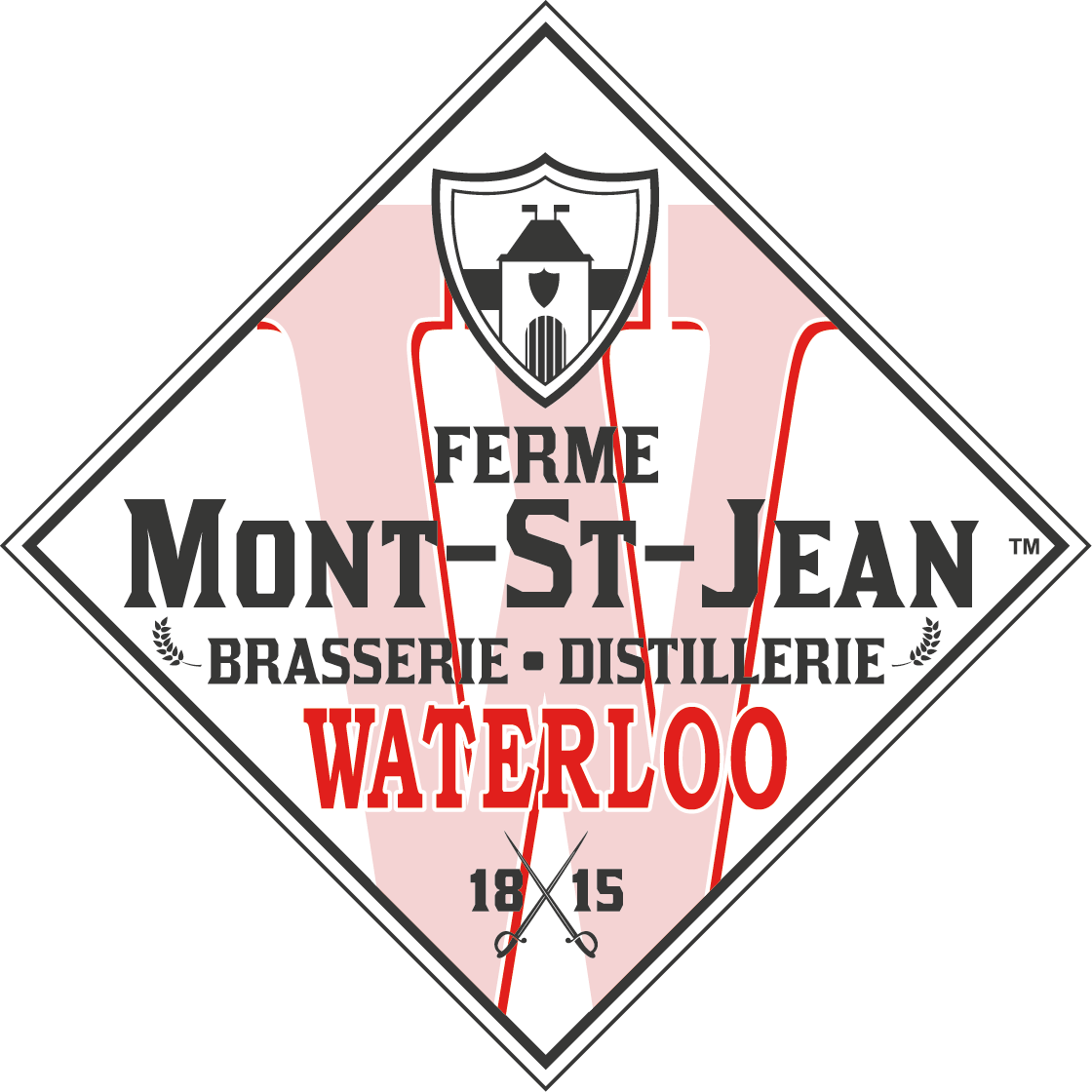Histoire
Nowadays, Mont-Saint-Jean Farm is
well known for its brewery, museum, shop, events, venues and restaurant; but it has also been the setting of major events that changed the course of history. This rich history, spanning from the Middle Ages over the Battle of Waterloo to the present day, has given Mont-Saint-Jean Farm its character and fame.
well known for its brewery, museum, shop, events, venues and restaurant; but it has also been the setting of major events that changed the course of history. This rich history, spanning from the Middle Ages over the Battle of Waterloo to the present day, has given Mont-Saint-Jean Farm its character and fame.







